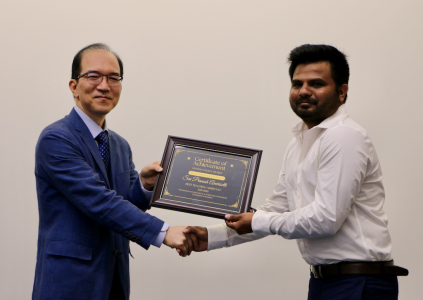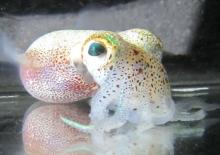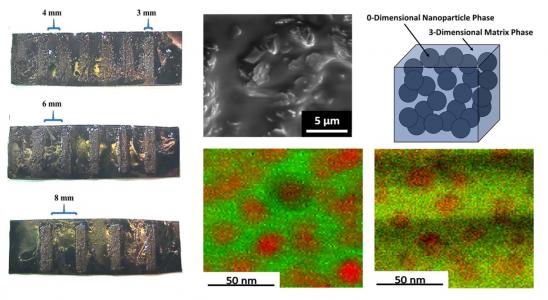Proposal Defense: Sai Pranesh Amirisetti
Submitted by Vernon Crasto on Sun, 12/08/2024 - 4:10pmSai Pranesh will be presenting on HIGH-PERFORMANCE MICROINDUCTORS USING ELECTRO-INFILTRATED MAGNETIC NANOCOMPOSITES"
Location: MALA 5050
Zoom Link: https://ufl.zoom.us/j/8977557055
Date and Time: December 12th 10:30AM-11:30AM.






